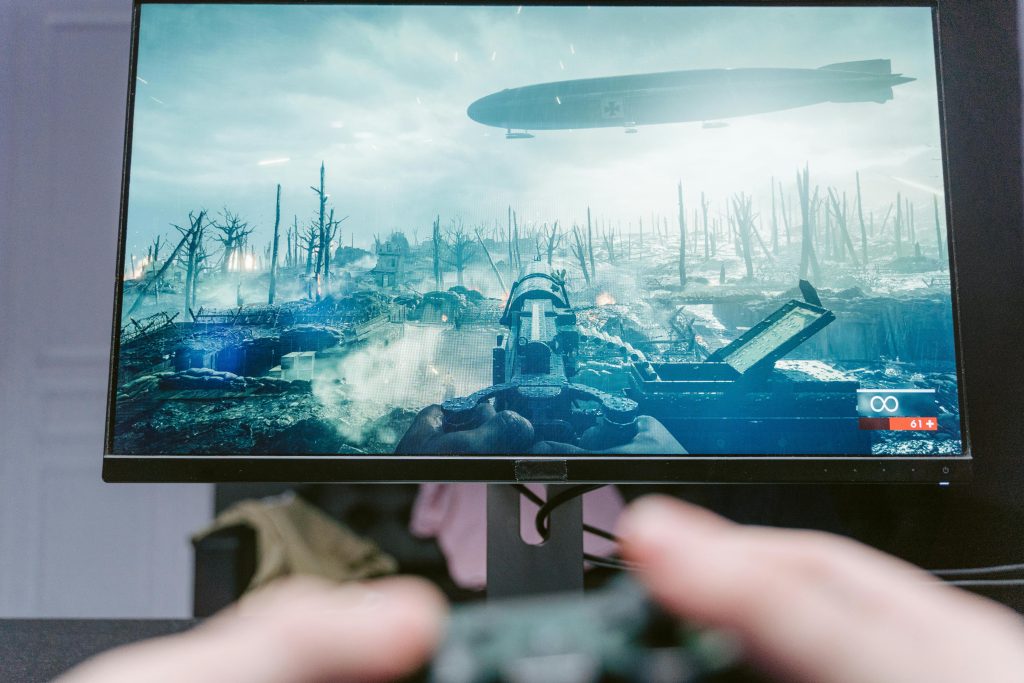Understanding Post-Drop Smartphone Malfunctions: A Case Study of the Samsung Galaxy S20 Ultra
Introduction
Accidental drops can cause a multitude of issues in smartphones, even if the device appears physically undamaged. Users often experience unpredictable behavior post-impact, which can be challenging to diagnose and fix. In this article, we analyze a real-world scenario involving a Samsung Galaxy S20 Ultra that was dropped face down, leading to a series of technical issues. Our goal is to shed light on potential causes and guide users through troubleshooting steps.
Incident Overview
The device was dropped directly onto its screen, resulting in immediate visual and operational anomalies:
- The display turned black instantly with no accompanying vibration or sound, although the LED indicator exhibited glitch-like flickering.
- The phone showed the charging icon when connected to a laptop charger but did not initiate charging.
- When switched to a standard fast charger, the battery level briefly increased to approximately 40%; however, unplugging and reconnecting resulted in the battery percentage displaying as 0%, and the device refused to charge further.
- The phone’s performance was inconsistent: it operated normally while plugged in, but upon unplugging, it would either die instantly or display flickering colored lines before shutting down.
- Battery percentage readings fluctuated significantly, ranging from full capacity to zero, sometimes recovering to 17% after a restart.
- The device experienced unexpected restarts, with one instance showing a slight red hue on the screen before powering off.
- Physical interaction, such as touching or bumping the device, occasionally triggered restarts.
Analysis of Symptoms
The described symptoms point toward potential internal hardware issues:
-
Battery or Battery Connection Problems: The erratic battery percentage and sudden death upon unplugging suggest a possible loose or damaged battery connector. The brief charging activity indicates the battery may be unable to hold a charge or communicate correctly with the system.
-
Display or Connector Damage: Flickering screens and red tinting can be associated with damaged display components, possibly caused by impact stress on the flex cables or the display assembly itself.
-
Motherboard or Internal Component Damage: The device’s instability when bumped or touched may reflect internal component dislodgment or damage, affecting power regulation and data transmission.
Troubleshooting Recommendations
Given these symptoms, here are recommended steps to diagnose and potentially resolve the issue:
- Visual Inspection: Open the device (if comfortable and qualified) to check for loose connectors, especially around the
Share this content:



